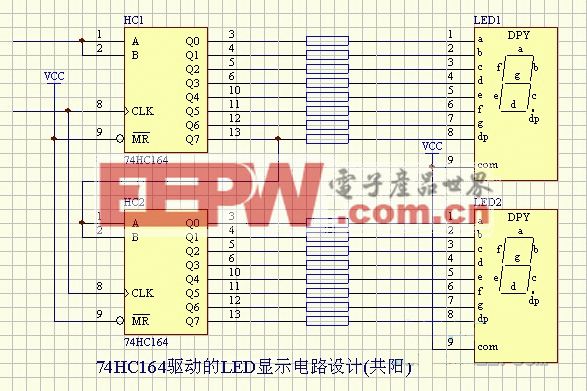设计基于LED的视频显示板,Designing an LED
Table 1. MAX6974 Individual PWM Data Frame Format
| HEADER | DATA 1 | DATA 2 | DATA 3 | ... | DATA N |
| HDR[23:0] | B7, B6, ...R0 | B7, B6, ...R0 | B7, B6, ...R0 | ... | B7...R0 |
Besides delivering the individual port PWM information, three other data frames with header CMD bits of 010101, 101010, and 111111 are used to deliver CALDAC, global intensity PDM, and configuration information through the MAX6974's LVDS interface (Table 2). Each header consists of 24 bits. The first byte is the same synchronization pattern of 11101000, followed by six CMD bits, and then ten counter (CNTR) bits. The CMD bits for the individual port PWM data frame is 000000.
Table 2. MAX6974 Data Frame Header Format
|
|
|||||||||||||||||||||||
| 23 | 22 | 21 | 20 | 19 | 18 | 17 | 16 | 15 | 14 | 13 | 12 | 11 | 10 | 9 | 8 | 7 | 6 | 5 | 4 | 3 | 2 | 1 | 0 |
|
|
|
|
|||||||||||||||||||||
| 7 | 6 | 5 | 4 | 3 | 2 | 1 | 0 | 1 | 0 | 1 | 0 | 1 | 0 | 9 | 8 | 7 | 6 | 5 | 4 | 3 | 2 | 1 | 0 |
| 1 | 1 | 1 | 0 | 1 | 0 | 0 | 0 |
相关推荐
技术专区 |
|||||||||||||||














评论